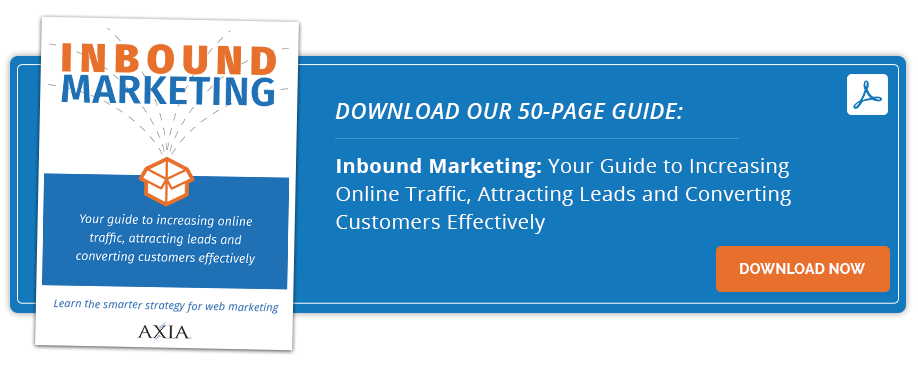Slim down your site with these tips
 Your company’s website is its face on the internet. Therefore, it’s important to ensure that everyone can easily access it. A website with pages that have large file sizes can prevent users from accessing and enjoying your site.
Your company’s website is its face on the internet. Therefore, it’s important to ensure that everyone can easily access it. A website with pages that have large file sizes can prevent users from accessing and enjoying your site.
Audio: Listen to this article.
Why large page sizes are bad
Site size is directly correlated to how fast a site loads. The more a site has to load, the slower it’ll be. Even though the internet is faster than ever, mobile users and those with weaker computers or internet connections will be negatively affected by a site that takes too long to load. They may simply leave, costing you a potential customer.
Cutting down on your website’s size sounds simple enough, but in today’s world, sites are usually filled with images and a lot of scripts behind the scenes for various purposes, both of which can bloat a page’s size.
For the best user experience, a site should be 3 megabytes or less. Optimizing images and cleaning up scripts can help cut down your page’s size so it can reach 3MB or less.
Cleaning up your site’s images
One major way to reduce the size of pages is by optimizing your images. You can do this in several ways:
- Reduce the file size of images. You can do this by compressing them with image editors, such as Adobe Photoshop or the free GIMP image editor, to maximize quality while reducing file size. Converting your images to WebM format also helps cut down on size.
- Use an image editor to reduce an image’s size to how large it will be on a page. That way, the user doesn’t have to download the full-size image.
- Remove images in places where doing so will not harm the viewer’s experience. These images are not needed.
- You can also replace images of text with text itself and use CSS to decorate it like the image, if needed. This will cut down on the amount of images a site needs to load.
Cutting unneeded dependencies and code
Page size is also impacted by the amount of scripts your site loads. The more scripts you have, the higher a page’s file size. These scripts also increase loading times, so cutting down on them can be a big help.
It’s a good idea to review the scripts implemented on your site and see which ones you no longer need — remove ones that have been replaced by a new script and ones your company no longer uses. You can also use this as an opportunity to find unneeded site effects that happen via scripts and remove them.
How to start slimming down your site
Reducing the size of your site’s pages may seem daunting, but it’s possible. A productive start is to run each of your site’s pages through this page size checker to see how large they are and note the ones that go over 3MB (or 3,000 KB). From there, run each page over 3MB through Google Lighthouse to see what you can optimize.
 Clients love Jacob’s speed. Jacob is an inbound marketing-certified webmaster. He earned an integrated communications degree from Florida State College at Jacksonville. Jacob joined Axia PR as an intern in August 2015 and earned his way into a critical role at our PR agency.
Clients love Jacob’s speed. Jacob is an inbound marketing-certified webmaster. He earned an integrated communications degree from Florida State College at Jacksonville. Jacob joined Axia PR as an intern in August 2015 and earned his way into a critical role at our PR agency.
Topics: web design & development


Comment on This Article